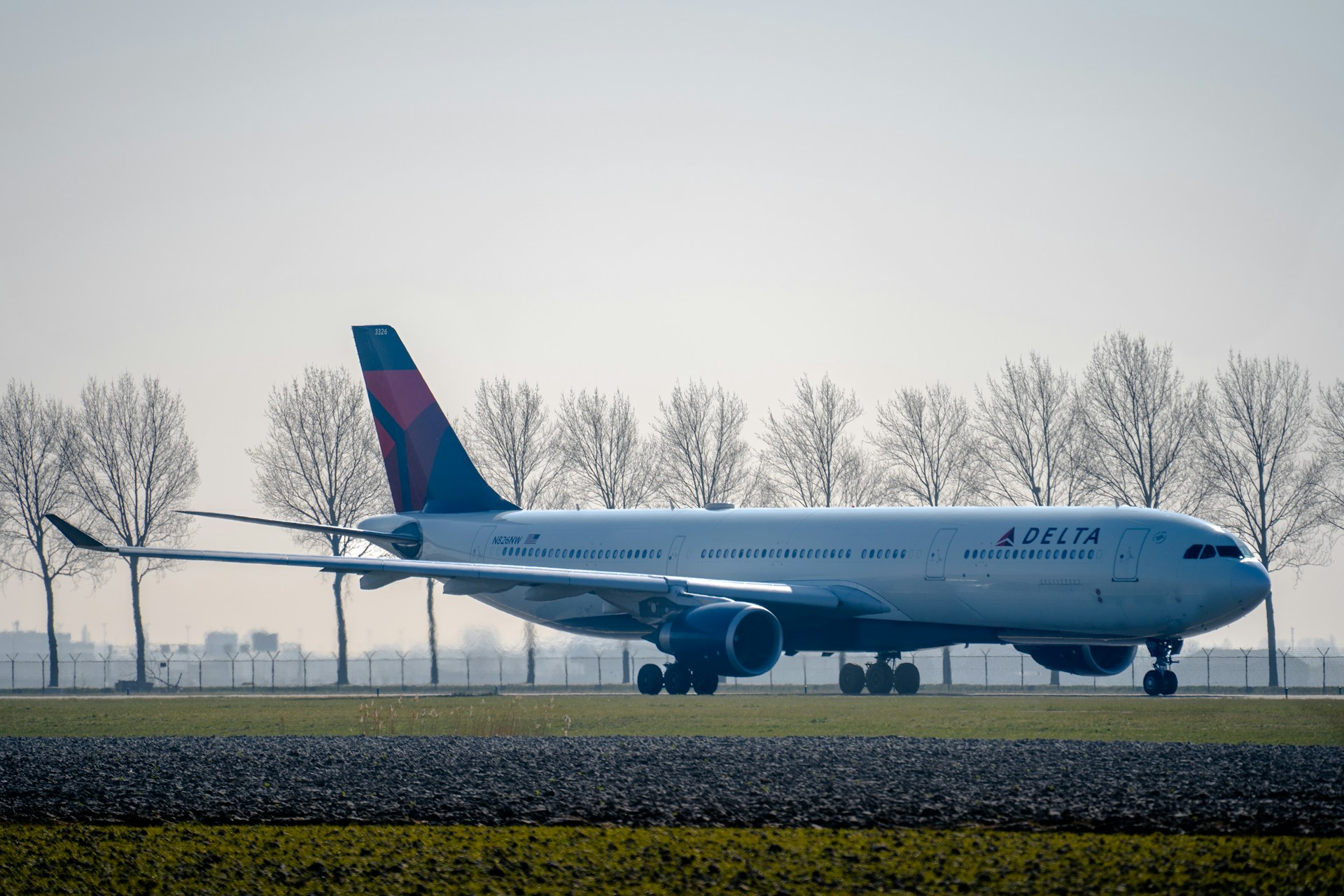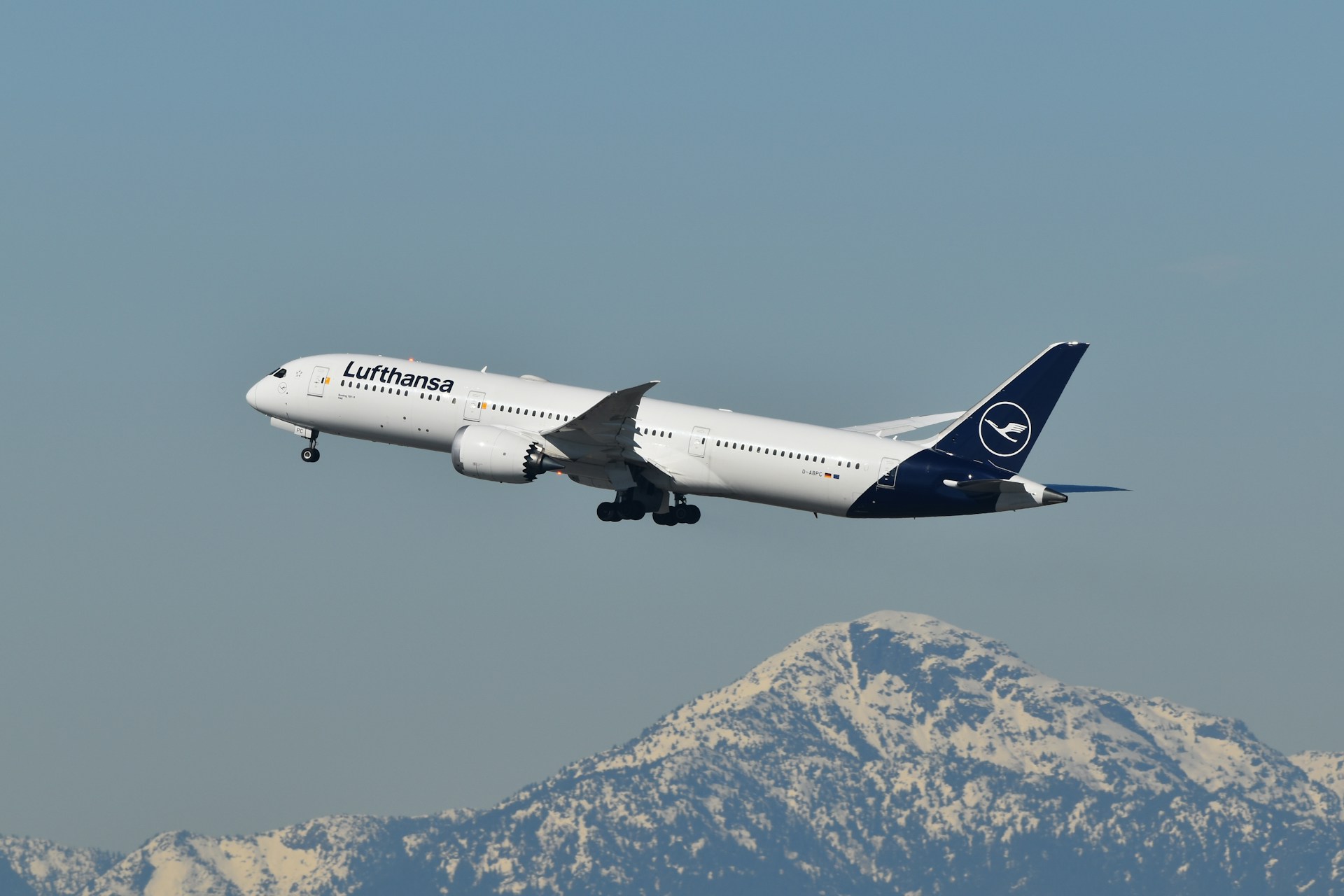Delta Air Lines’ Airbus A330-200 Fleet: Small but Strategically Significant
Key Takeaways
- Delta Air Lines operates just 11 Airbus A330-200s, making it the smallest and least common widebody type in the airline’s long-haul fleet.
- The A330-200s serve specific international routes where medium capacity and long-range capabilities provide an ideal balance.
- The aircraft’s limited role reflects Delta’s strategic focus on newer, more efficient widebodies such as the A330-900neo and A350.
- Delta utilizes the A330-200 primarily for transatlantic markets and niche international destinations that don’t require higher-capacity aircraft.
- The aging fleet faces an uncertain future as Delta continues its fleet modernization and sustainability drive.
A Niche Role in Delta’s Global Network
Delta Air Lines’ fleet of 11 Airbus A330-200s represents one of the most specialized aircraft groups in U.S. commercial aviation. While the airline operates hundreds of aircraft across various types and ranges, the A330-200 occupies a narrow operational niche—one that fills the gap between high-capacity long-haul jets and smaller, narrowbody transatlantic aircraft.
Configured with roughly 234 seats, the A330-200 allows Delta to serve medium-demand international markets efficiently. These aircraft typically fly routes where widebody range is required, but passenger demand does not justify deploying the larger A330-900neo or A350.
In this sense, Delta’s A330-200s function as “right-sized” widebodies—providing international reach with manageable operating costs, ideal for connecting U.S. hubs to secondary European cities or seasonal destinations.
Where Delta Deploys Its A330-200s
Delta’s A330-200s are commonly based at key international gateways such as Atlanta, New York-JFK, and Detroit, from which they operate transatlantic routes to destinations like Shannon, Stuttgart, and Brussels, depending on seasonal demand.
Their deployment strategy prioritizes flexibility:
- Seasonal European markets benefit from the A330-200’s adaptable capacity.
- Business-heavy routes with moderate demand can maintain widebody service without risking overcapacity.
- Transatlantic cargo loads—a valuable revenue stream for Delta—fit comfortably within the aircraft’s payload capability.
This precision-based fleet allocation helps Delta maintain profitability across diverse markets, maximizing route performance while keeping fuel and maintenance costs under control.
Fleet Modernization and Competitive Pressures
Delta’s ongoing fleet renewal program places heavy emphasis on next-generation efficiency. The airline has invested heavily in the Airbus A330-900neo and Airbus A350-900, both of which offer substantial fuel savings, lower emissions, and enhanced passenger amenities.
The A330-200s, with an average age exceeding 15 years, face growing economic pressure. Newer aircraft burn up to 25% less fuel per seat, a key factor in today’s environment of high fuel prices and stringent sustainability goals.
Despite these disadvantages, Delta continues to operate the A330-200 fleet where their operational economics still make sense, particularly on routes where the A350 or A330-900neo’s capacity would exceed demand.
Balancing Flexibility and Fleet Simplicity
Operating a small subfleet of just 11 aircraft presents logistical challenges. Maintaining pilot qualifications, spare parts inventory, and maintenance scheduling for a niche type increases complexity and cost.
However, Delta has historically prioritized fleet diversity to enable network flexibility, rather than pursuing full standardization. This approach gives Delta the ability to adapt aircraft types to route-specific requirements, optimizing profitability across a wide range of markets.
Nonetheless, the long-term viability of such a small subfleet remains uncertain. As Delta continues to standardize around newer widebodies, industry observers expect the A330-200s to gradually phase out in favor of more efficient models that align with the airline’s global sustainability targets.
The A330-200’s Legacy in Delta’s Operations
Introduced through Delta’s merger with Northwest Airlines in 2008, the A330-200s played a crucial role in expanding transatlantic operations during a period when the airline sought to modernize its fleet and diversify its international offerings.
The aircraft’s endurance and versatility have allowed Delta to maintain service to markets that might otherwise lack sufficient demand for daily widebody operations. Even as newer aircraft take center stage, the A330-200 continues to bridge the gap between Delta’s narrowbody transatlantic fleet and its flagship long-haul jets.
FAQs
How many Airbus A330-200s does Delta operate?
Delta Air Lines operates 11 Airbus A330-200 aircraft, making it the smallest widebody fleet segment in its portfolio.
What routes typically use the A330-200?
Delta primarily deploys the A330-200 on transatlantic flights from U.S. hubs such as Atlanta, Detroit, and New York to secondary European destinations, particularly during seasonal travel periods.
Why does Delta maintain such a small A330-200 fleet?
The fleet fills a specific market niche—routes requiring international range but not the full capacity of larger aircraft like the A350 or A330-900neo.
Is Delta planning to retire its A330-200 fleet?
While Delta has not confirmed specific retirement dates, the A330-200s are expected to phase out gradually as newer, more efficient aircraft replace them over the next decade.
How do the A330-200s compare to Delta’s newer widebodies?
The A330-200s carry fewer passengers and lack the fuel efficiency of the A330-900neo and A350. However, their smaller size provides flexibility for routes with moderate demand.
✈️ Bottom Line:
Delta’s Airbus A330-200 fleet may be small, but its role remains strategically valuable. These aircraft enable the airline to serve international routes that balance range and capacity requirements—bridging the gap between narrowbody transatlantic service and high-capacity long-haul operations. Yet as Delta’s modernization strategy advances, the A330-200’s days may be numbered, marking the end of a reliable but aging chapter in the airline’s global expansion story.
.zip%20-%201.PNG)



